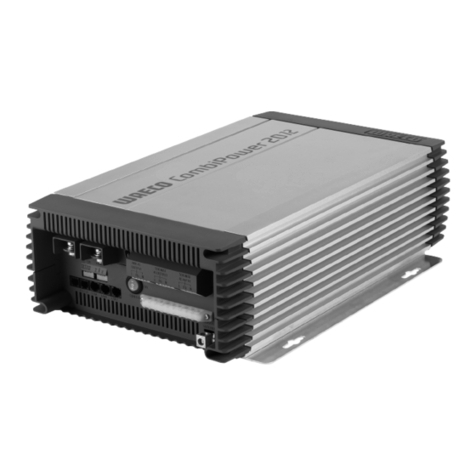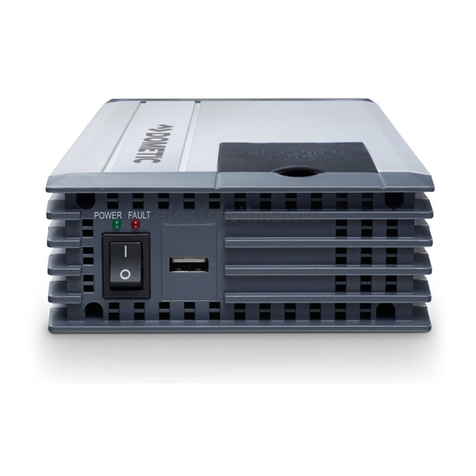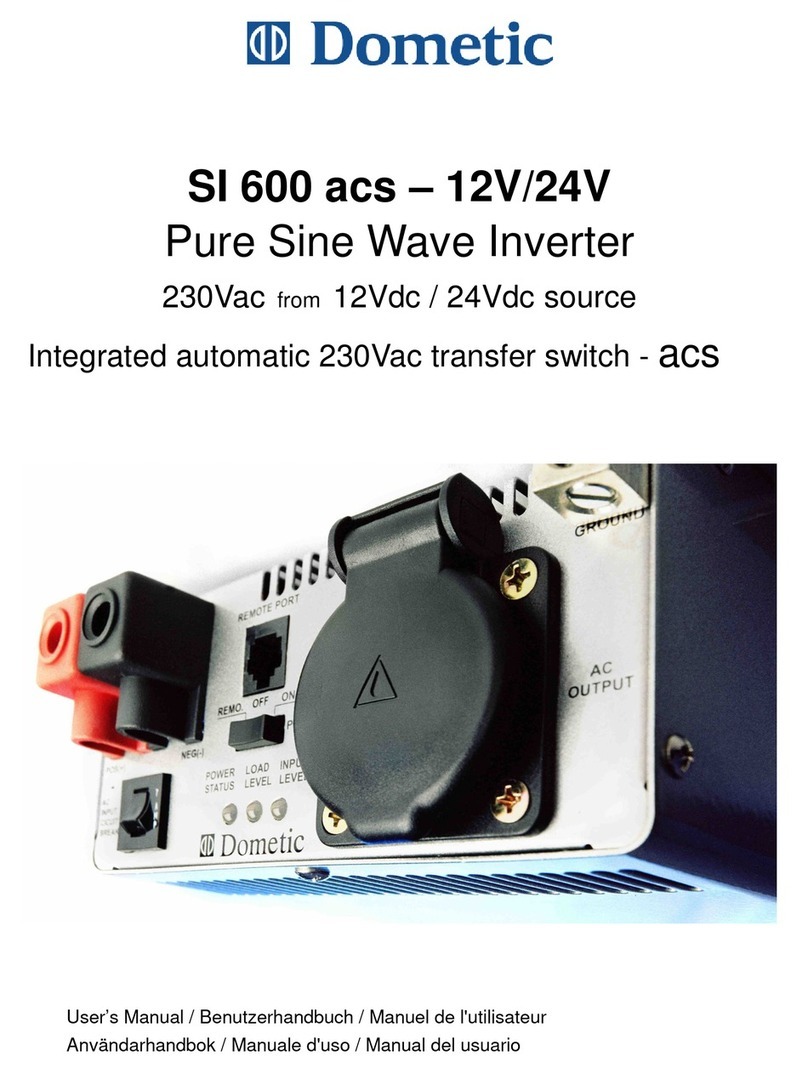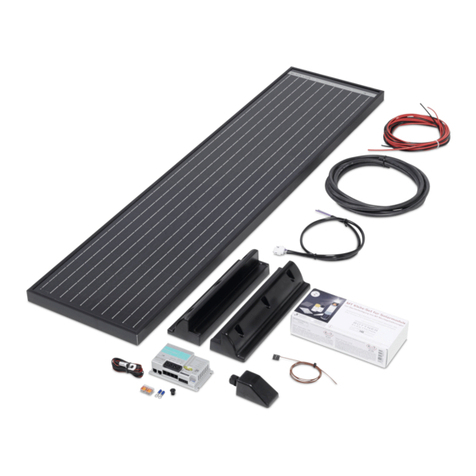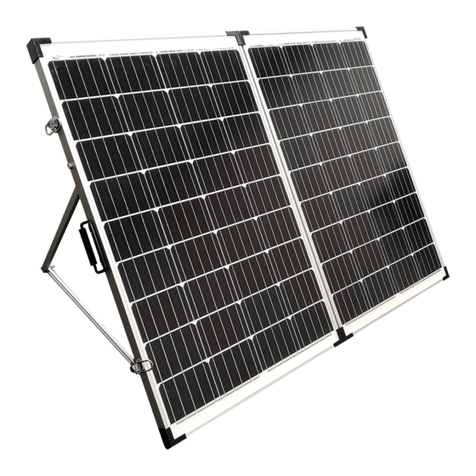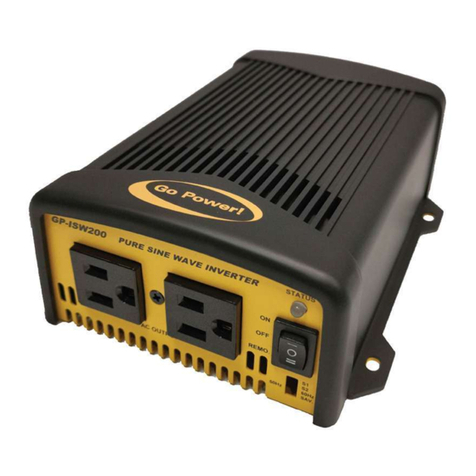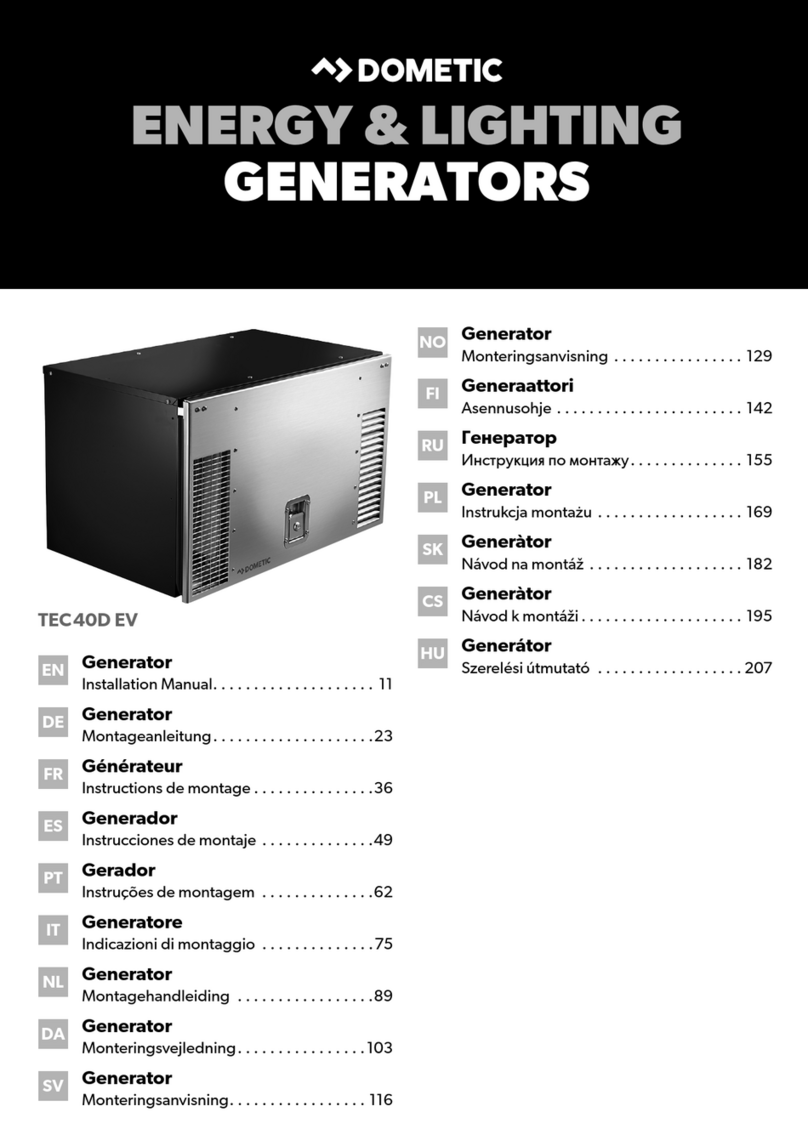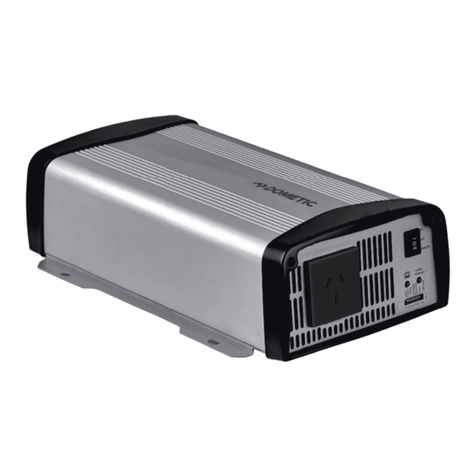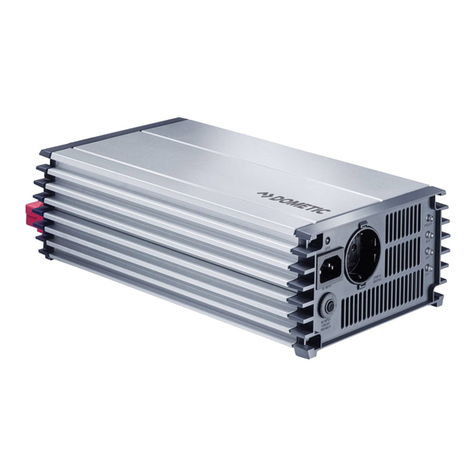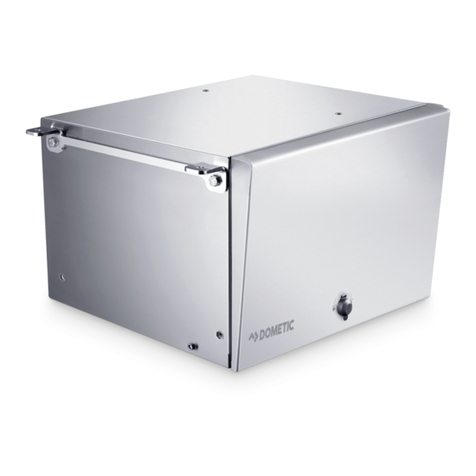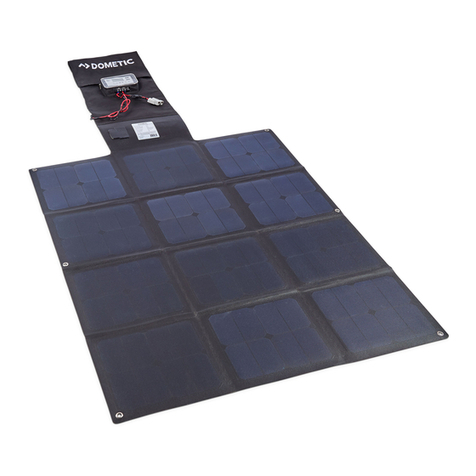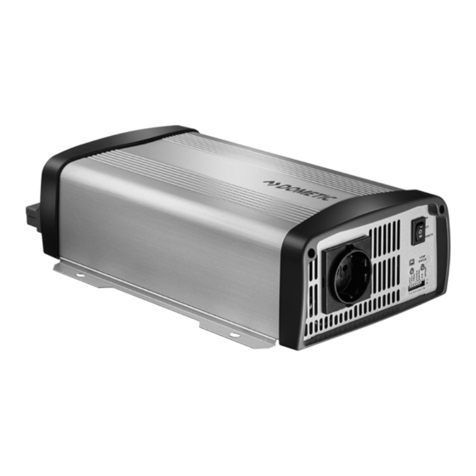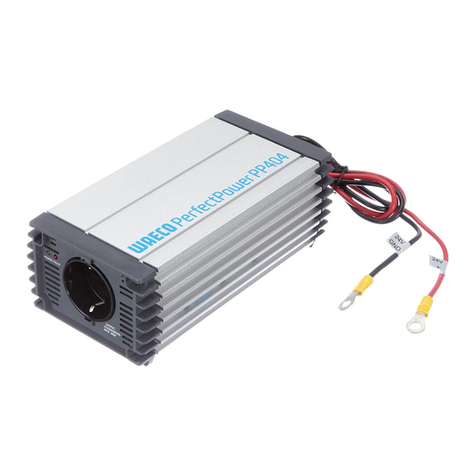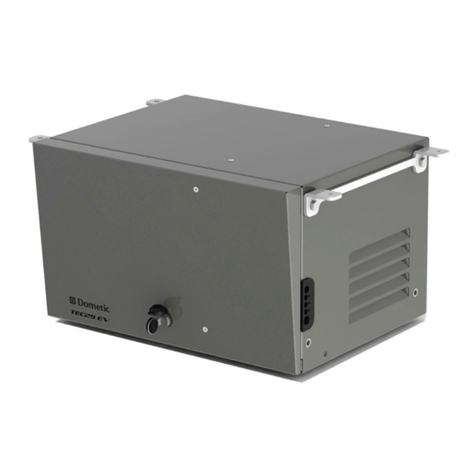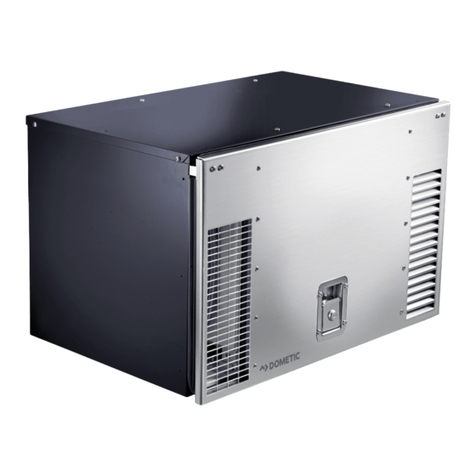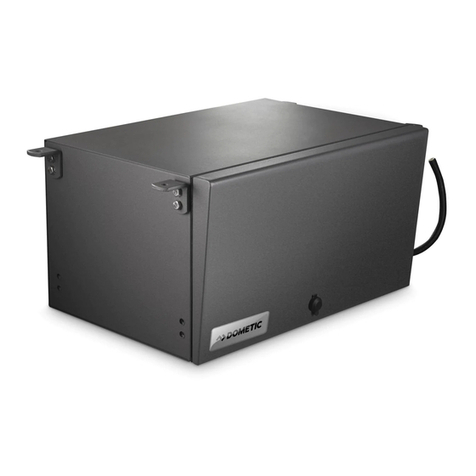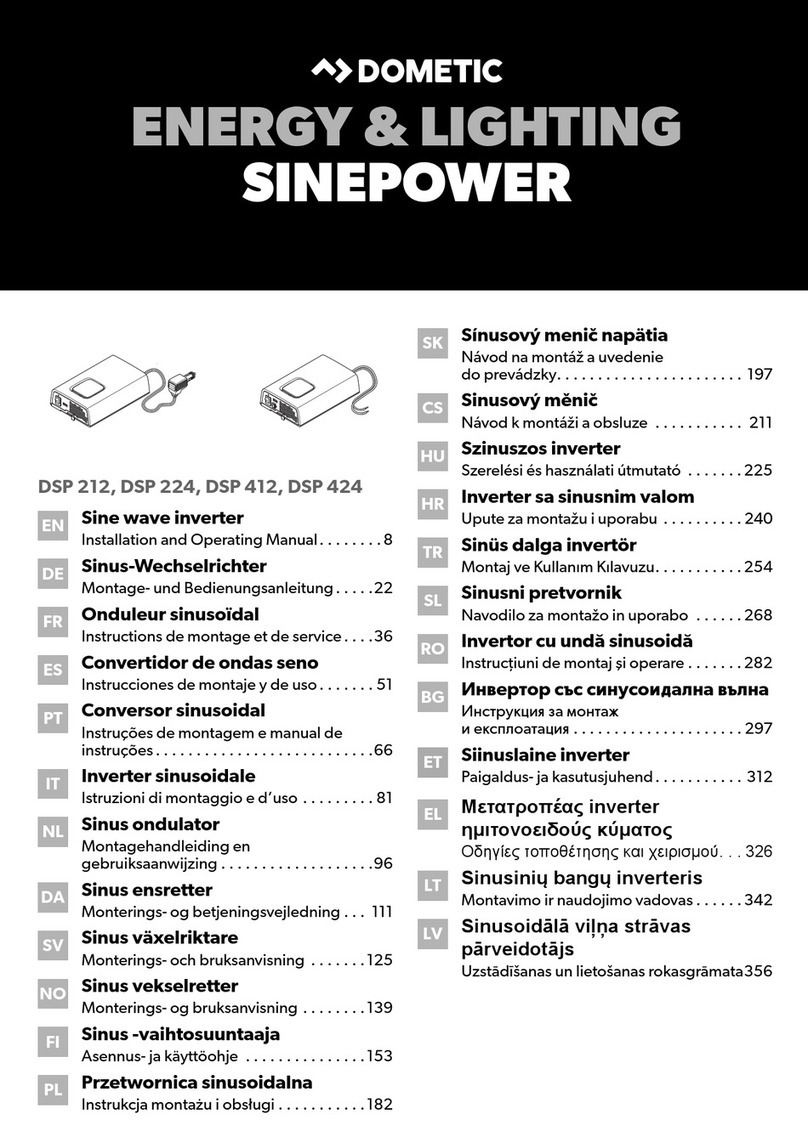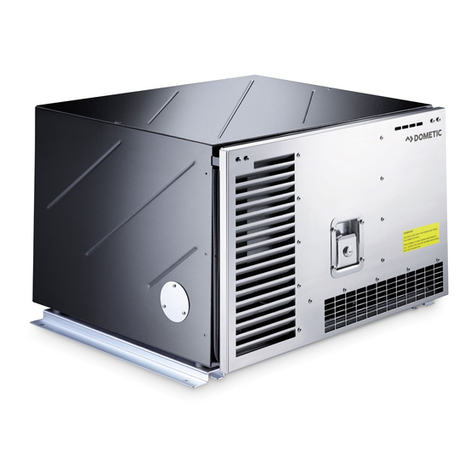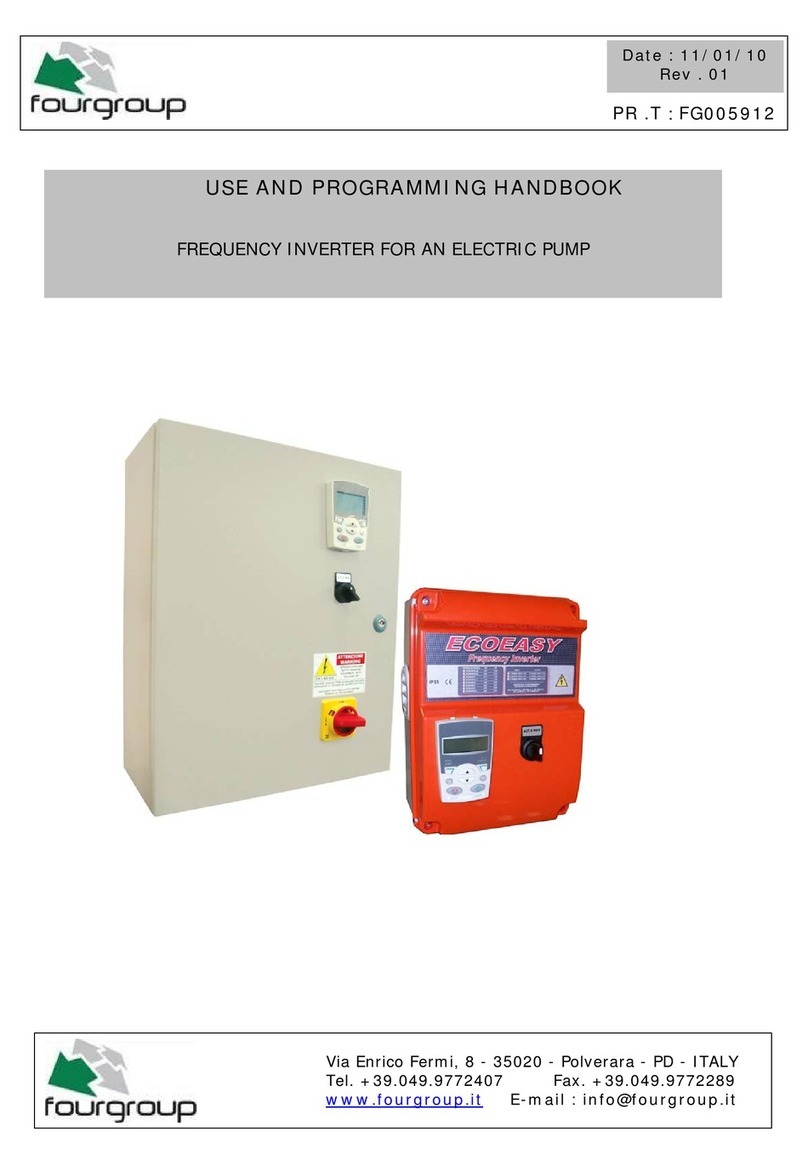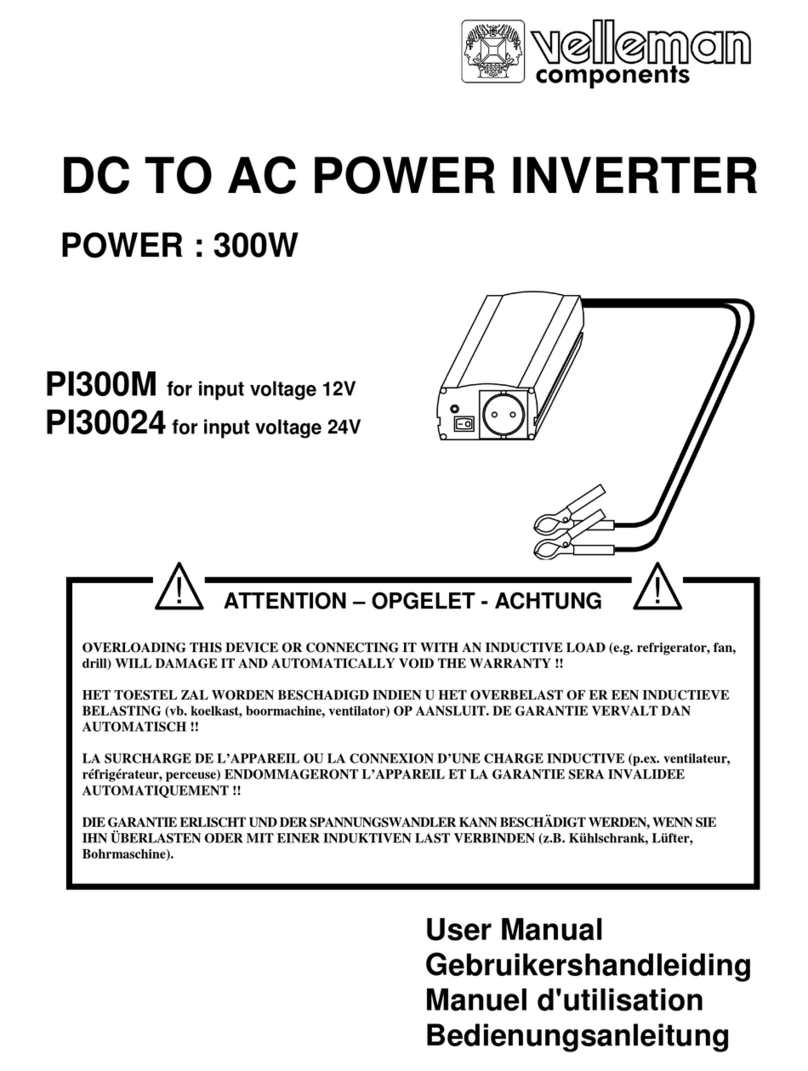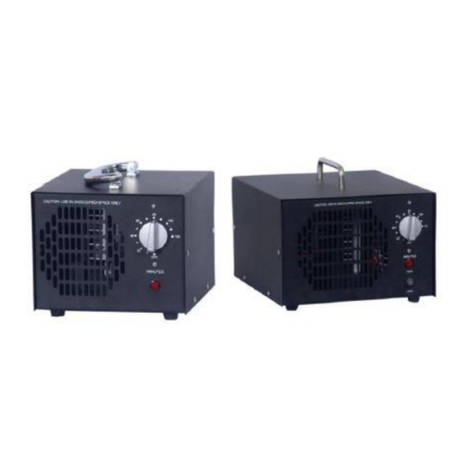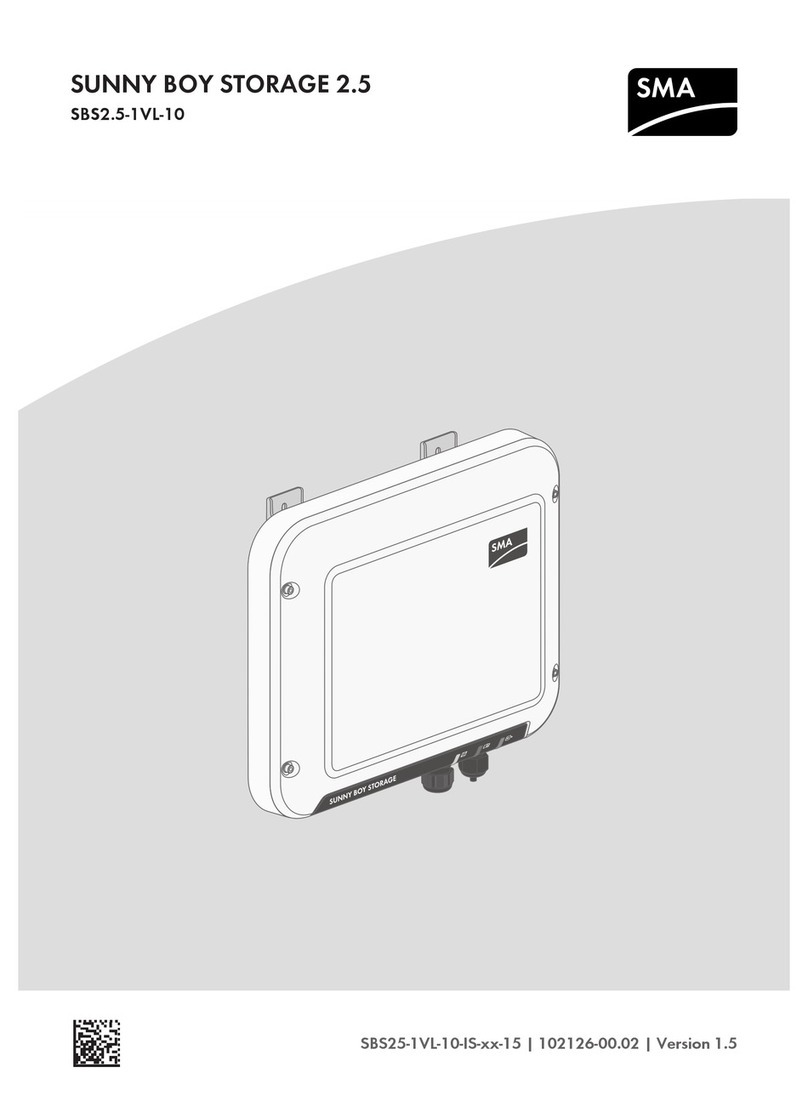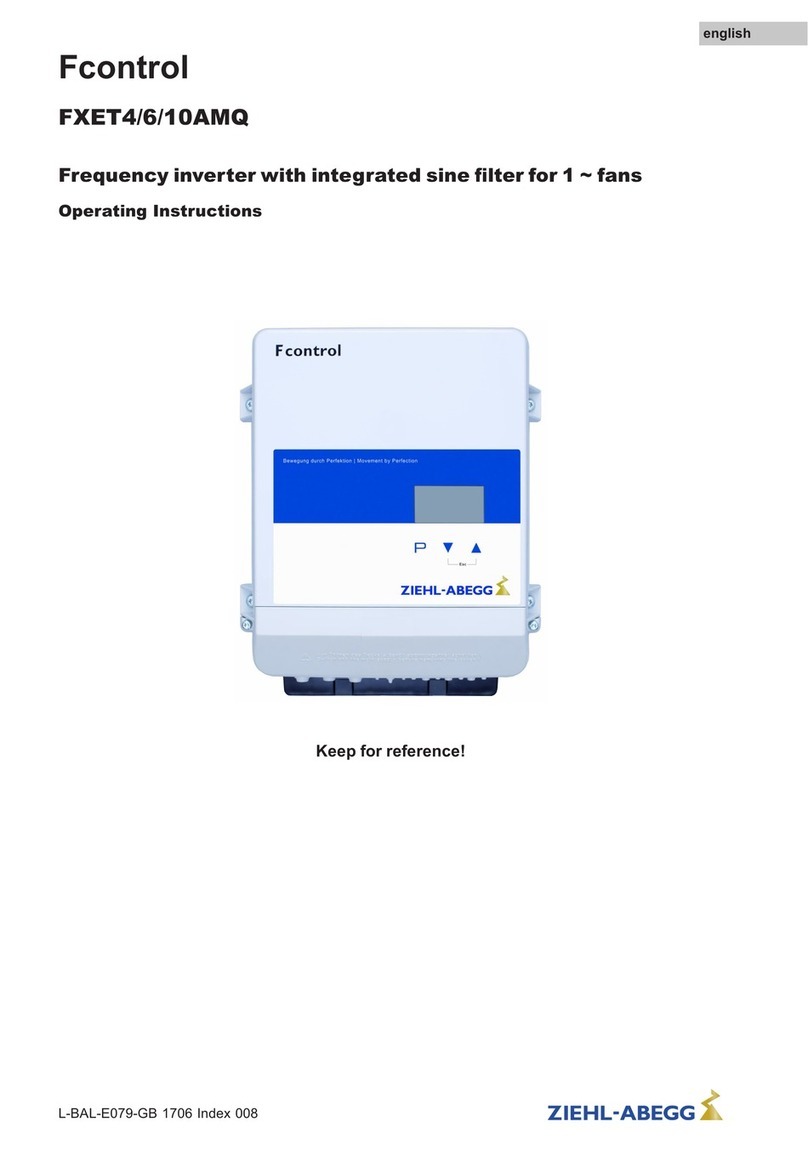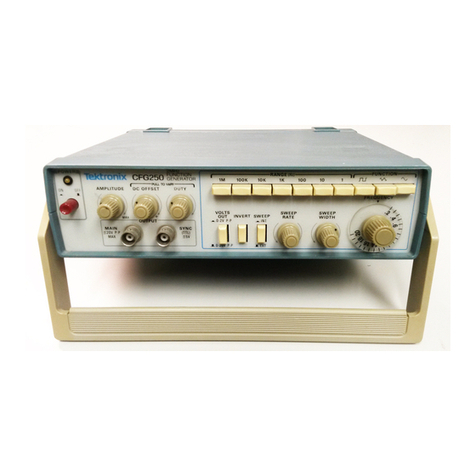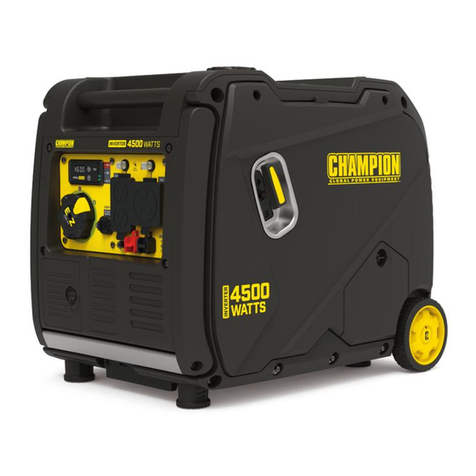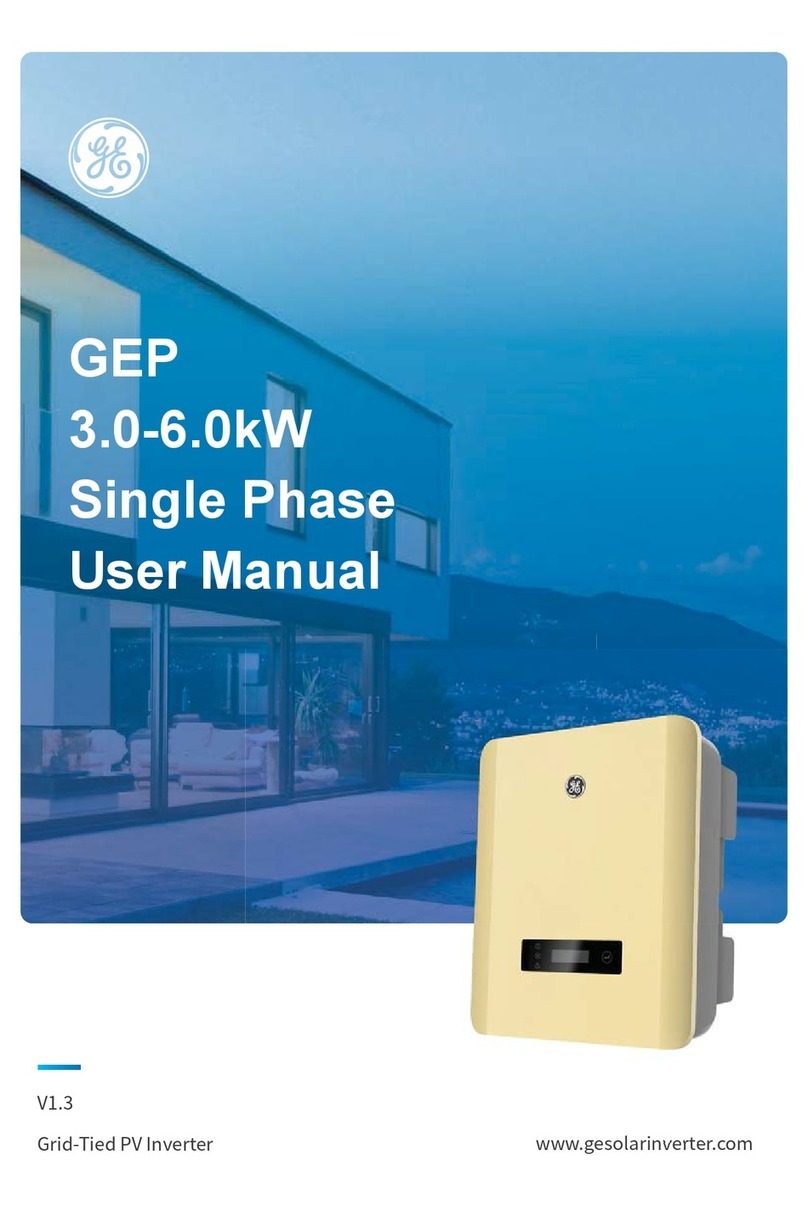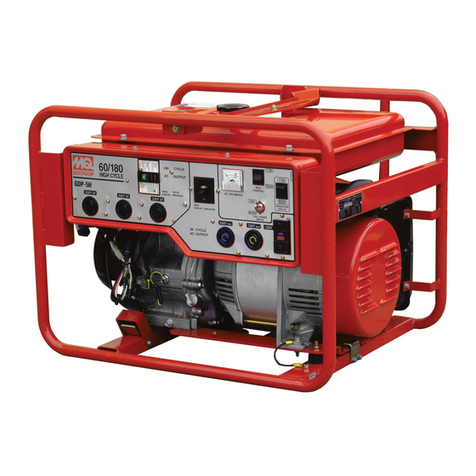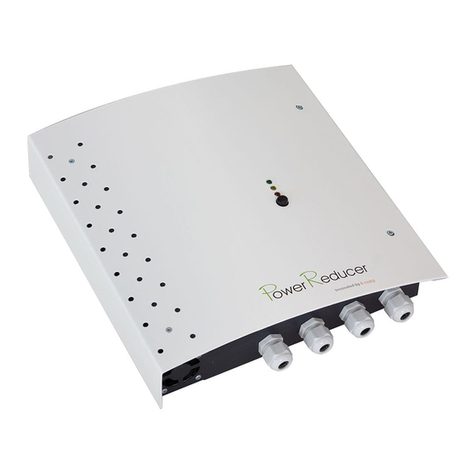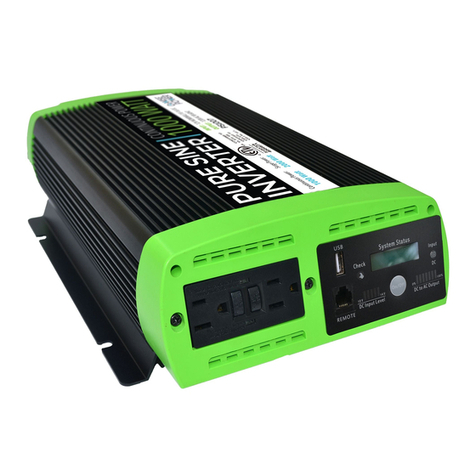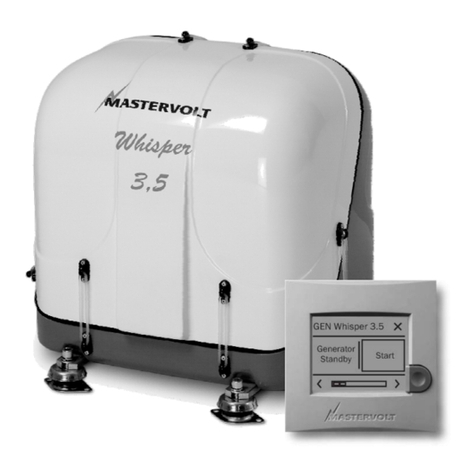
[page 10] | gpelectric.com
3. PLANNING LOCATIONS
3.1 PLAN YOUR SOLAR SYSTEM SETUP
1. Take a few minutes before commencing any installation work to layout your solar system on paper rst. Use the diagrams within
this manual (pages 20-27) to help.
2. Complete a simple block diagram identifying the key components and connections of your Solar charging system: Solar Panels,
MC4 Positive and Negative Extension Cables, GP-RVC-30-MPPT Solar Charge Controller and your Battery Bank as detailed in the
diagrams.
3.
For the Elite and Extreme Kits include the Inverter, Charger/Converter and Transfer Switch. For detailed installation of these
system components see the specic manuals included with each item.
4. Identify and prepare easy/safe access to possible installation locations in the 3 key installation areas within your RV;
• Roof Solar Panels
• Instrument/Controls Solar Charge Controller and/or Inverter Remote
• Storage Compartments Inverter, Converter/Charger, Transfer Switch
5.
Identify on your RV if you have a Cable Entry Plate (CEP) see Fig 3-A pre-installed by the
RV Manufacturer. The Cable Entry Plate makes the Solar Panel to Solar Charge Controller
installation simpler. (After market purchase of GP-CEP available)
6.
If you do not have the Cable Entry Plate pre-installed on your RV, you will be following the
‘Routing Power Cable through the Refrigerator Vent’ steps.
7. Whilst on the roof of your RV identify the refrigerator vent and investigate the vent-fastening
hardware.
3.2 PLACEMENT OF SOLAR PANELS
1. Remove all solar panels from their boxes. Set aside the boxes as they will be used in the instructions to follow.
2. Using the solar panel boxes, plan the layout of the panels on your RV rooftop. Once you have positioned the boxes
• Placement of the panel(s) should be as close together as possible. Each panel has 3.3’ of cable coming from the junction box. It may
be necessary to use solar panel extension cables. If required, longer extension cables can be purchased. Please contact customer
service at 1.866.247.6527 to purchase.
•
Select a location where the mounting surface is at least 1/2” thick and strong enough to support the solar panel mounting hardware.
• Solar panels should be located a minimum of 3’ from the front of RV to reduce wind load on the panels.
• Avoid internal wiring when selecting the solar panel mounting locations for drilling the mounting holes.
•
Ensure xed obstacles, such as air conditioners, will not shade the solar panels. (Shading can greatly reduce the performance of
the solar system).
• Ensure there is enough room to access the panels and other xed obstacles for future inspection and maintenance.
•
The RVC controller should be mounted near the battery and the remote in the RV. The remote is recommended and required for
changing battery proles and other options.
3.3 LOCATING THE GP-RVC-30-MPPT 30 AMP SOLAR CHARGE CONTROLLER
1. The GP-RVC-30-MPPT is included in the Go Power! Eclipse RV Solar Kits detailed in this manual. The GP-RVC-30-MPPT provides
the necessary protection for the RV battery system. A condensed version of the installation instructions appear in this manual.
However, please read the full installation manual included with the GP-RVC-30-MPPT Solar Charge Controller.
2. Plan where the GP-RVC-30-MPPT solar charge controller will mount, see Figure 3-B.
• The GP-RVC-30-MPPT is designed to be mounted vertically in an indoor location inside a weatherproof enclosure.
•
Ideally the GP-RVC-R should be located so it can be easily seen for monitoring system operation. Locate at eye level (the backlit
LED affects viewing angle)
• The location will need access to the cable ends from the solar panels and the battery compartment.
WARNING: Failure to secure the GP-RVC-30-MPPT could cause it to become dislodged while the RV is in transit and cause
severe damage to the unit and/or the RV.
Note
Note
FIGURE 3-A: CEP
